Car seats, also known as child safety seats, not only keep your little ones safer while they’re in your vehicle, but they’re the law. No matter what state you’re in, you have to use one. However, each state’s laws vary, so it’s important to know what you’re getting yourself and your children into.
With that in mind, here is everything you need to know about using car seats in Vermont.

Vermont Car Seat Laws
If you live in Vermont or are planning on traveling there, you will need to know Vermont’s car seat laws. It is important to know the rules and follow them carefully to avoid possible penalties and to keep everyone safe.
The laws cover the age and weight of the child in a variety of types of car seats. Little ones are not permitted to sit in the front seat until the age of thirteen.
Safety and Car Seat Laws VT
Car accidents are the leading cause of injury and death for young children. Drivers must ensure that they follow the rules while keeping their passengers safe, especially our youngest.
Children between the ages of one and eight years old must sit in a secured car seat that is suitable for their age, height, and weight. It is important to follow the requirements carefully and not rush the transition from one car seat to another.
Seat Belt Laws in VT
The Vermont Seat Belt Law states that children ages eight to seventeen years old must be secured with a seat belt when in a moving vehicle.
Exceptions for People Expected to Wear a Seat Belt Include:
- Mail carriers of the United Postal Service operating a motor vehicle
- A person operating a farm tractor
- A person occupying a bus or taxi
- A person who is a member of an emergency motor vehicle and cannot be restrained
Infant Car Seat Laws in VT
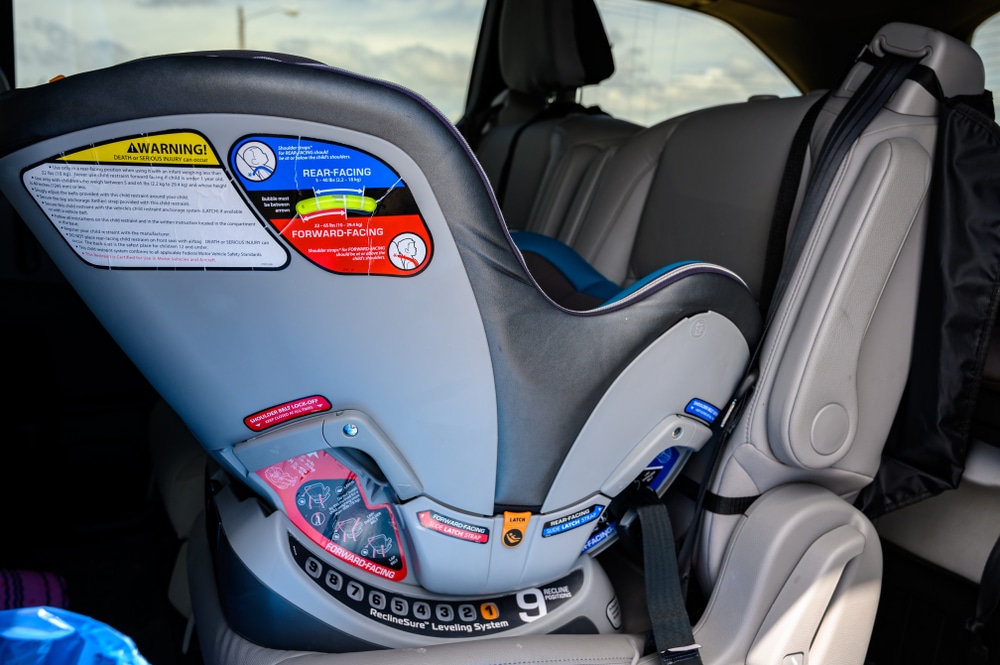
Infants should be put in a rear-facing car seat in the vehicle’s back seat—never the front. They should remain in this style of car seat until they meet height, weight, and age requirements before they can use a forward-facing car seat.
Of course, every front-facing car seat will have different specifications, so make sure you double-check with what you have before switching your little one.
Convertible Car Seat Laws in VT
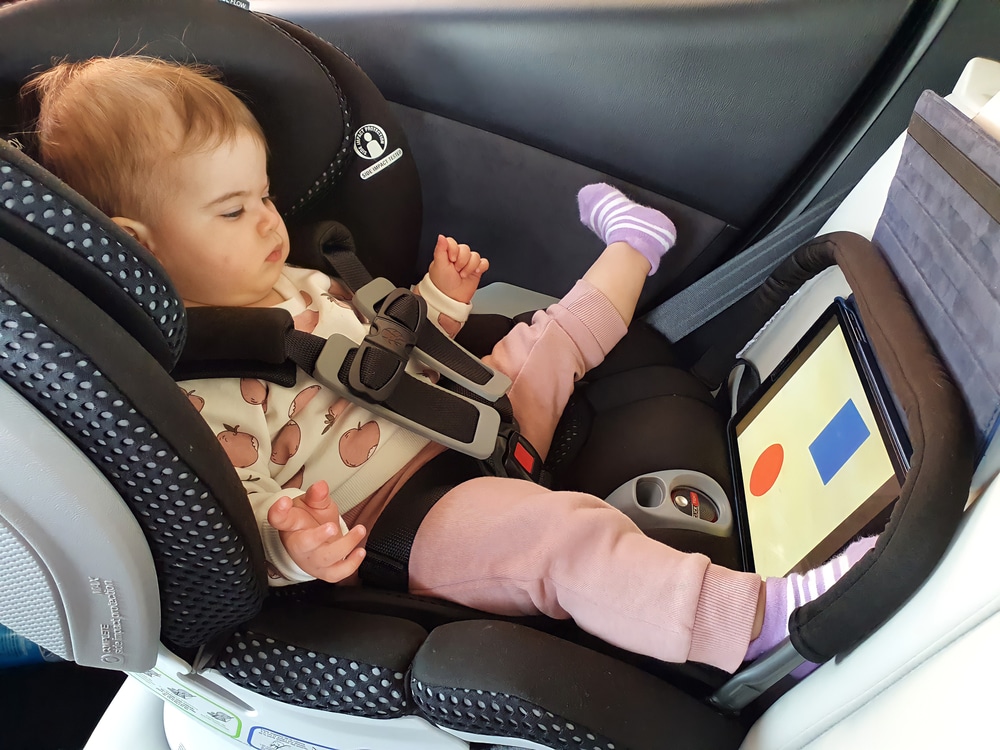
Convertible car seats start as rear-facing and transform into forward-facing. Once your child reaches the proper age and size, you can use a tether and a harness to make the change from rear-facing to forward-facing. However, this car seat must remain in the vehicle’s back seat.
Booster Car Seat Laws in VT
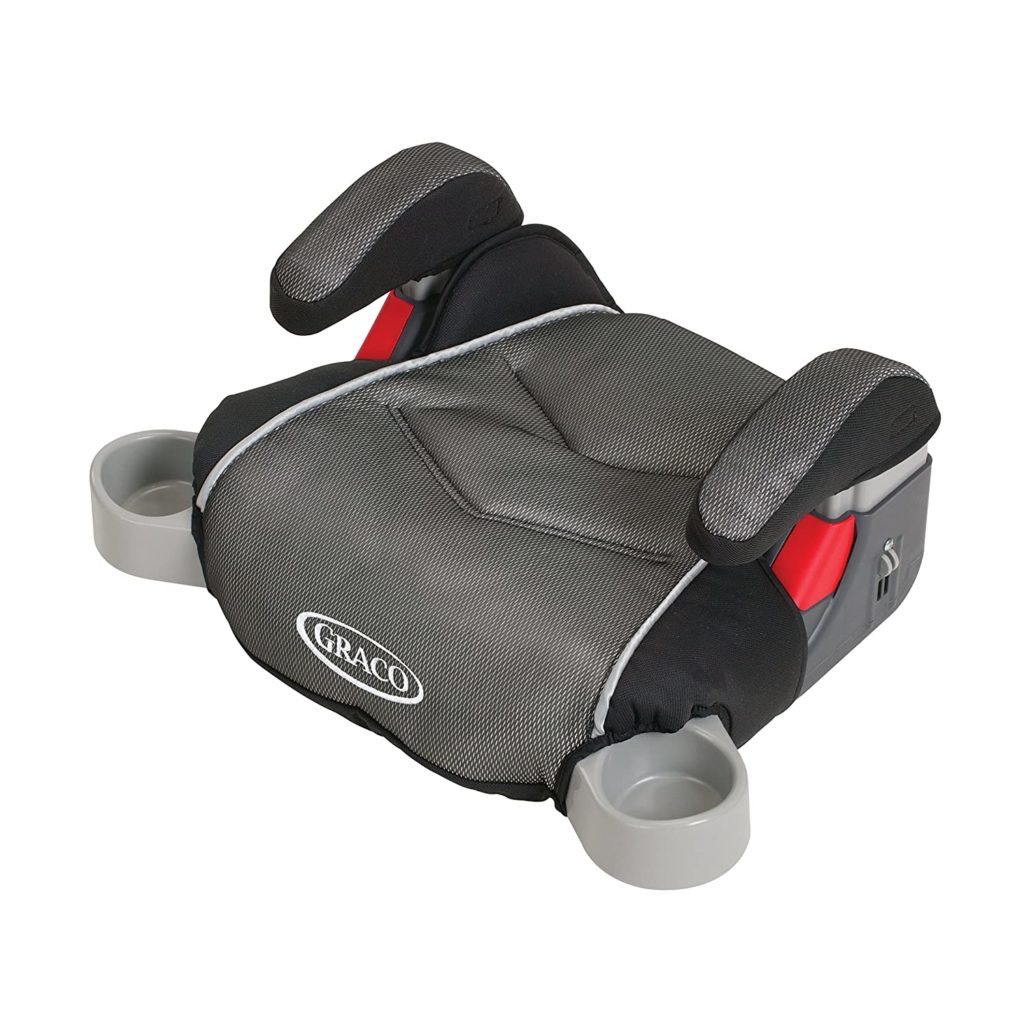
There are a variety of different types of booster seats available for your child. The choice of the booster seat boils down to your child’s height and weight. A child between the ages of eight and fifteen years old may sit in a car seat using the seat belt without a booster.
All booster seats must be in the vehicle’s back seat. Vermont’s Seat Smart Program offers recommendations to know if your child is ready for a booster seat.
Is Your Child Ready for a Booster Seat?
Before you decide if your child is ready for a booster seat, you must ask yourself some questions:
- Can your child sit back in the vehicle’s seat?
- Does the lap portion of the seat belt sit below the child’s stomach and gently touch their thighs?
- Is the shoulder portion of the seat belt centered on the child’s chest?
- Is your child able to place their feet on the floor with their knees comfortably bent over the edge of the seat?
- Can your child sit like this for long car rides, or do they still require head and neck support?
If you answer yes to all of these, then it may be time to switch to a booster.
Combination Booster Seats
This style of booster seat transforms from a forward-facing car seat to a booster seat. The backrest becomes unattached, and the booster seat is left to sit on the seat of the vehicle once your child reaches the desired weight and height. This car seat must be in the vehicle’s back seat.
Backless Booster Seats
Backless booster seats are placed on the car seat and prop your child up. This choice of car seat has no backrest, so your child can use the regular adult-sized seat belt.
The seat belt should fit firmly across the child’s chest and the child’s lap. As with all others, this car seat option must be in the vehicle’s back seat.
Booster Seats with High Backs
This style of car seat boosts the child up and allows them to use the adult-sized lap and shoulder belt. The high back provides additional back and neck support for the child. Some have headrests, and some do not. This car seat must be in the vehicle’s back seat.
Front-Facing Car Seat Laws in VT
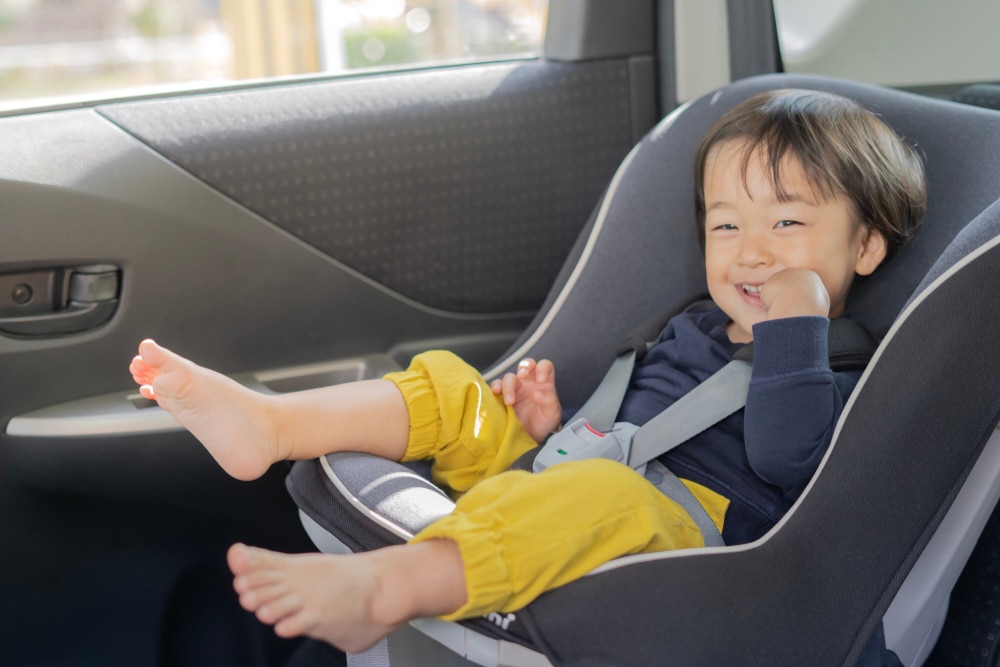
All children under the age of eight must sit in the back seat. Children over one year old and 20 pounds may meet the requirements for a front-facing car seat, as per the Vermont child seat laws.
Rear-Facing Car Seat Laws in VT

Children less than 20 pounds must sit in a rear-facing car seat. Infants younger than one year old must sit in a rear-facing car seat. This car seat must be properly installed in the vehicle’s back seat.
Car Seat Installation
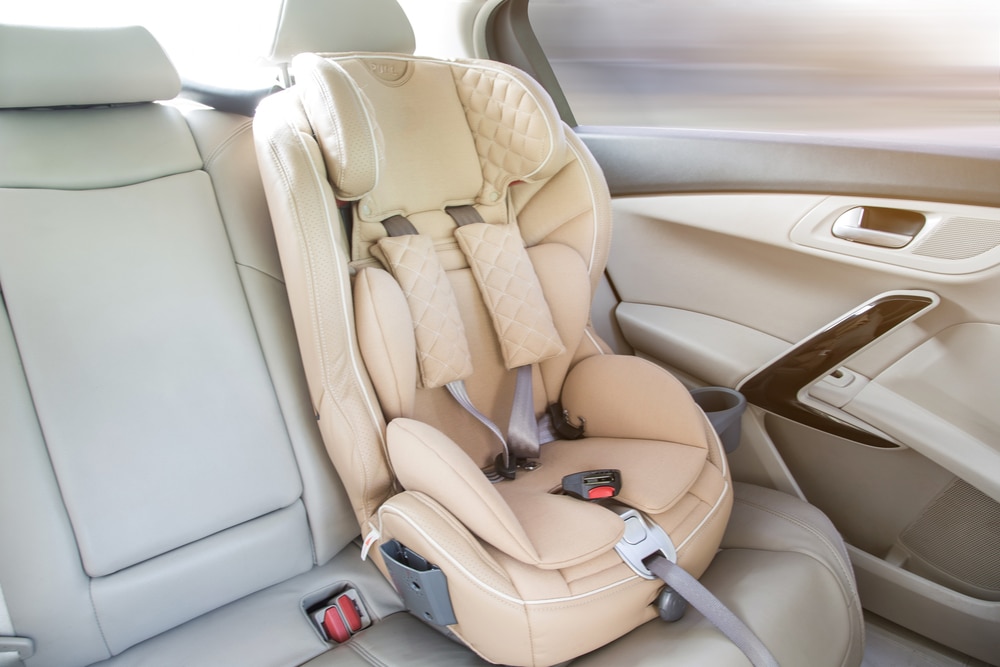
Installing a car seat is very important. You must make sure that you are installing the car seat properly to ensure safety. If you do not install it properly or anchor the seat, this may put your child at risk.
Car seat inspection sites are nationally certified to test the proper car seat selection, harness, installation, and use.
Follow These Guidelines When Installing a Car Seat
- Carefully read instructions.
- Have your car seat inspected. There are many car seat inspection sites available in Vermont.
- Register your car seat to be aware of recalls and safety information.
Possible Penalties for Car Seat Violations in VT
If you fail to follow the law, you can face a penalty. The first offense will cost you $50. A second offense will cost you another $50, and a third offense will cost you $100. Refer to your manufacturer’s specifications when choosing which seat is suitable for your child.
Questions and Answers
Have more questions about car seats in Vermont? We have answers!
Yes, you do. The only vehicle exemption for car seats with children in Vermont is school buses. If you travel with a hired driver, it is your responsibility to have the proper car seat for your child.
If your child’s car seat is in an accident, it must be replaced. Accidents compromise the structure of your child’s car seat, putting your child’s safety at risk.
Do not use an expired car seat. You are risking your child’s safety. It is important to provide your child with a current and regulated car seat.
Very hot and very cold car conditions break down the car seat over time, making straps and harnesses brittle. If your car seat is expired, get rid of it.
Conclusion
There are no exemptions to the law. Your child must sit in the proper car seat. If you have concerns regarding your child’s physical or medical condition relating to a car seat, seek information from your pediatrician and local authorities.






